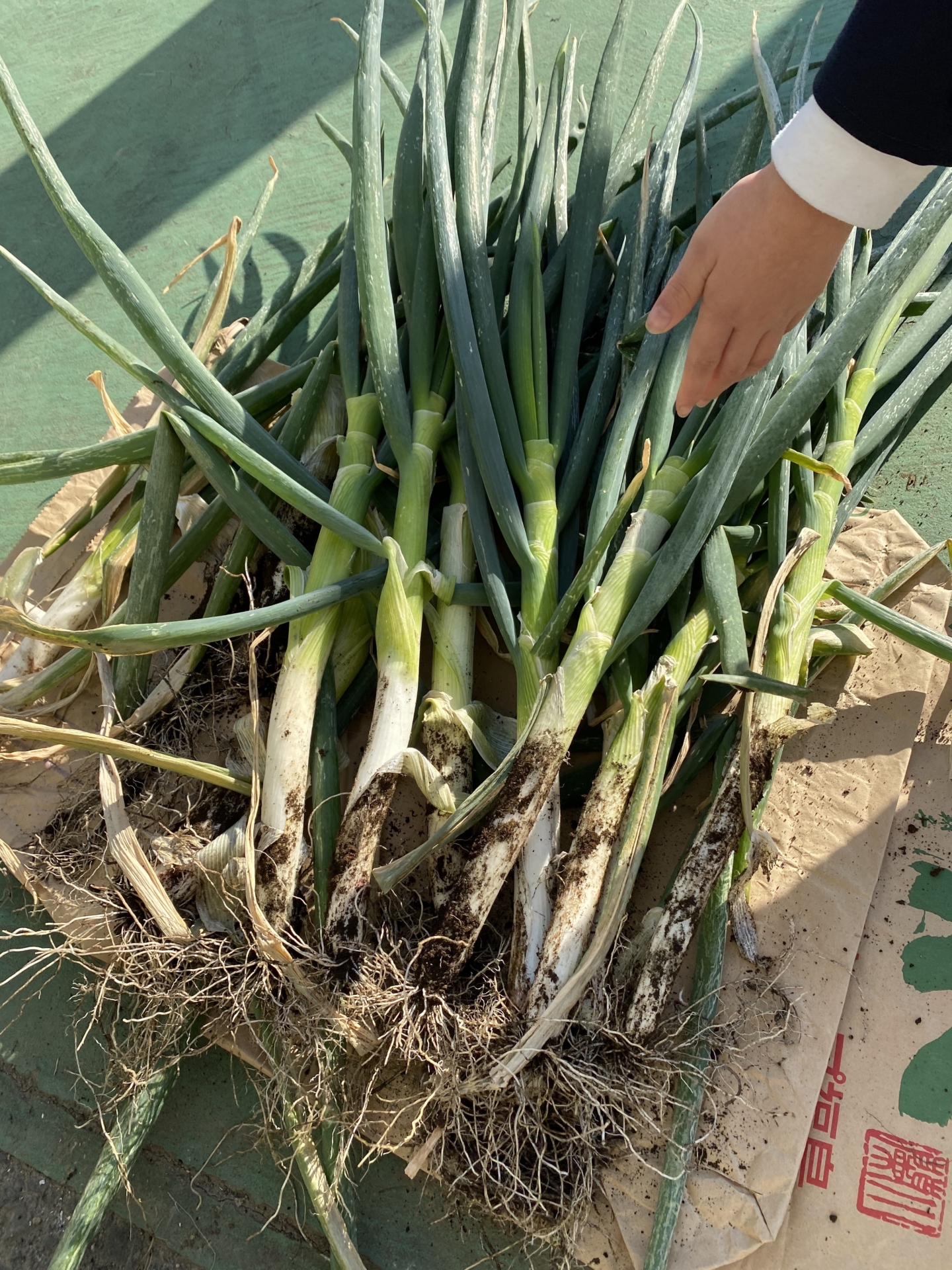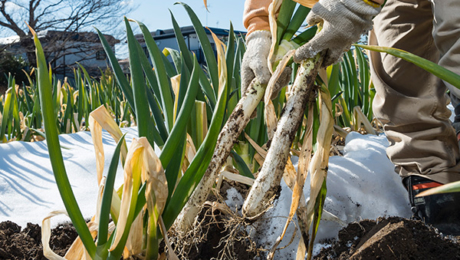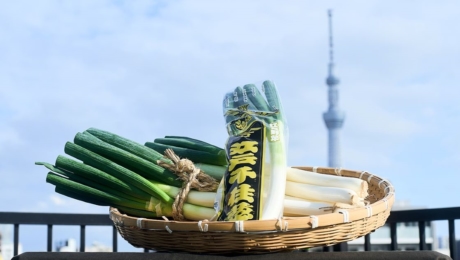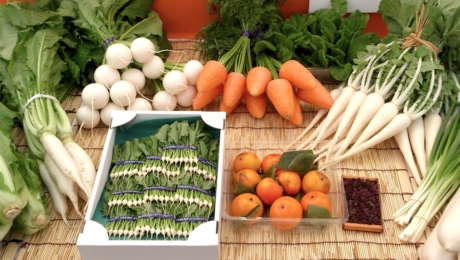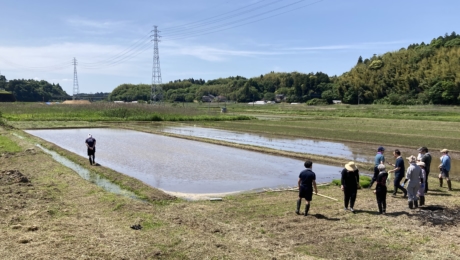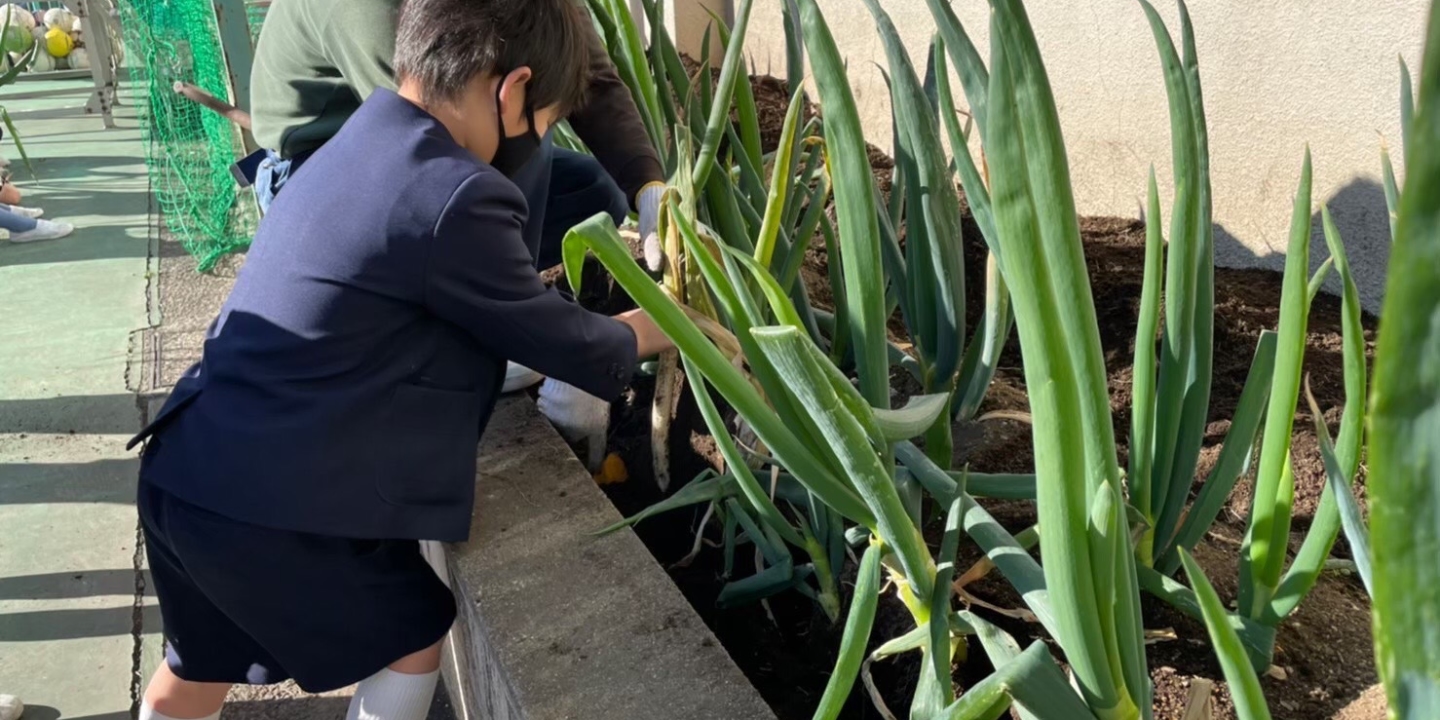

Sharing the Original Charms of Pure-Bred Spring Onions with Children
2023.02.17
FOOD When eaten as a condiment, the pungent spiciness enhances the flavor of soba noodles, and when heated in a hotpot or grilled, it becomes soft and tender, with a sweetness somewhat like fruit that spread through the mouth… As the name suggests, “Edo Senjunegi Spring Onions” are a pure-bred species of spring onions that have been loved since the Edo period for their condensed umami and spiciness. However, due to being difficult to cultivate and unsuited to mass production, they disappeared from the market somewhere around the 1970s-1980s.
Rising up to revive the Edo Senjunegi Spring Onions is Mr. Tsunehiro Tanaka, the 4th generation leader and spring onion specialist and expert grower whose family has farmed spring onions since the Meiji period. He says that with the cooperation of farmers and after 10 years of trial and error, the traditional cultivation method has been revived.
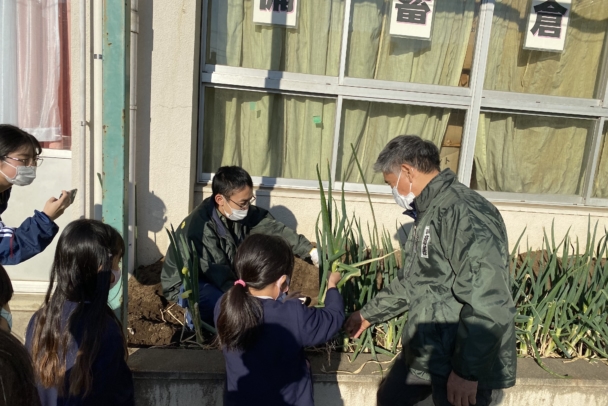
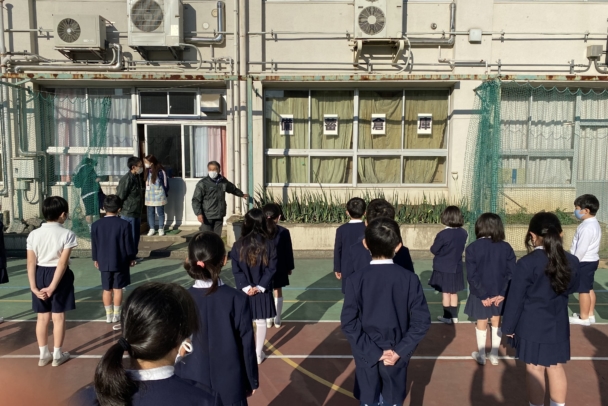
Negizen also has a focus on food education, in an effort to take the food culture that has been passed down from the Edo period to the present day, and pass it on to the future. In response to a request for “a delicious spring onion to feed to children,” in 2009 Edo Senjunegi Spring Onions began to be supplied through a specialist supplier to a local elementary school in Taito Ward, Tokyo to be used in school lunches. This initiative gained popularity and today these spring onions are provided to about 50 elementary and junior high schools both inside and outside of Taito Ward.

“The most common item on the school lunch menu is Yakitori bowls. The spring onions are also used in various other dishes such as salty spring onion pork bowl, spring onion and tuna soup, pork soup, and udon noodles, etc. The children like it because it becomes soft and sweet when heated,” Tanaka says.
Mr. Tanaka also teaches how to grow Edo Senjunegi Spring Onions at Senzoku Elementary School and Kuramae Elementary School in Taito Ward. Unlike hybrid varieties that grow uniformly, the pure-bred Senju spring onions vary in thickness. Noting that the thick ones are used in hotpots, the medium-sized ones as condiments for soba noodles, and the thin ones for yakitori, he says that “I tell the children that they should value their own individuality.”
First, the seeds are sown in the spring to make seedlings, and these are then planted in the field and grown so that they can be harvested in winter and everyone can put them into their miso soup and enjoy them. “When the seeds sprout, they bring the joy of life being born and a feeling of cherishing and nurturing that I think is an important lesson for children to learn. Even children who don’t like spring onions think they are delicious when they eat them after they are harvested. I guess they feel an attachment to them as they grow them themselves,” Tanaka says happily. He says that he would like to expand his efforts to more schools to share the charms of these pure-bred species of spring onions with more of the children that will lead our future.
